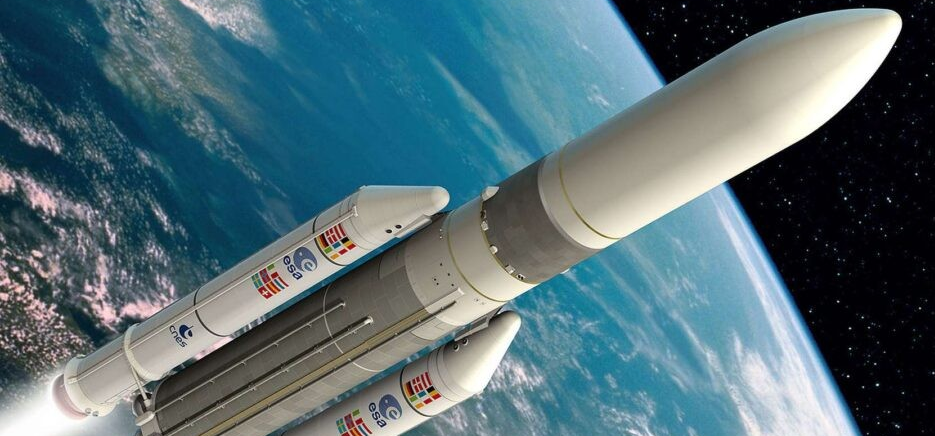The Artemis mission aims to transport men and women to the moon within 3-5 years, more than 53 years after the last manned landing on the moon in 1972.
The Artemis programme is an international consortium of 21 signatory states, NASA and the European Space Agency, around the United States.
Budget
The rocket of the space launch system (SLS), initially planned for a cost of $10 billion, is actually expected to exceed $20 billion.
And it’s only for the rocket. The entire Artemis program, including the cost of developing the Orion capsule, is estimated at $93 billion until 2025.

Steps
Artemis I : first and only unmanned test flight
After 4 reports, the SLS, the largest launcher ever created by man, finally launched into space at exactly 7:44 am (Paris time) on Wednesday 16 November.
The SLS launcher, which propels the Orion spacecraft , is 98 metres tall, weighs 70 tonnes and is filled with 2.7 million litres of liquid oxygen and hydrogen.
Its thrust is 15% stronger than that of the Saturn V rocket, which sent the astronauts from the Apollo missions to the moon.
The Orion capsule is on its way to the « rear zone » of the Moon, in an orbit 64,000 km from the Earth’s natural satellite.
During this mission, Orion will travel 2 million kilometres over 25 days at a speed of 40,000 km/h.
2024 : Artemis II, first manned test flight of Orion
Artemis II will fly over the planet, without landing, with 4 astronauts on board.
2025 to 2027: Artemis III will land a crew on the moon.
The crew will include 4 astronauts, including for the first time a woman and a person of color. Two will go down to the moon and stay there for 6 days and a half.
From Artemis III: one manned launch per year
The objective is to build the Gateway space station.
18 astronauts were shortlisted to participate in these flights: 9 men and 9 women.
La Capsule Orion
| Longueur | 7 m |
| Diamètre max | 5,02 m |
| Envergure avec les panneaux solaires | 18,8 m |
| Masse totale | 21,5 tonnes |
| Volume habitable | 8,95 m3 |
| Durée mission | 21 jours |
| Taille de l’équipage | 4 |
La capsule Orion, qui peut être réutilisée une dizaine de fois, est équipée d’un bouclier thermique de 5 mètres de diamètre, capable de résister à des rentrées atmosphériques à la vitesse de 40 000 km/h.
Mission Apollo
Le programme spatial Apollo, démarré en 1961, a atteint son objectif le 21 juillet 1969 en envoyant pour la première fois des hommes sur la Lune. Deux hommes, Neil Armstrong et Buzz Aldrin, ont posé leurs pieds sur la Lune.
Au cours des 5 autres missions Apollo, de 1969 à 1972, 10 autres hommes ont marché sur la Lune, en y séjournant jusqu’à 3 jours.
Le budget d’Apollo a été colossal : au cours des seules années 1964, 1965 et 1966, le budget de la NASA représentait respectivement 3.52, 4.31 et 4.41 % du budget fédéral américain.
Pour comparaison, depuis 2010, le budget de la NASA représente chaque année entre 0.47 et 0,52 % du budget fédéral américain.
C’est quoi la Mission Artémis (ouest-france.fr)
Retour des humains sur la Lune – La Libre
Programme Artemis (asc-csa.gc.ca)
Objectif Lune direct live – CNET France
Artemis III — Wikipédia (wikipedia.org)
Programme Apollo (wikipedia.org)
Budget of NASA – Wikipedia
• Point 1 variable par article
• Point 2
• Listes, images, shortcodes OK
3 réponses à “Artemis mission: the Orion vessel on its way for 2 million kilometres”
-
Разнообразные промо-акции способствуют увеличению числа постоянных игроков.
888 starz uz https://888starz2.ru/ -
Commentaire test
-
Deuxieme commentaire


Laisser un commentaire